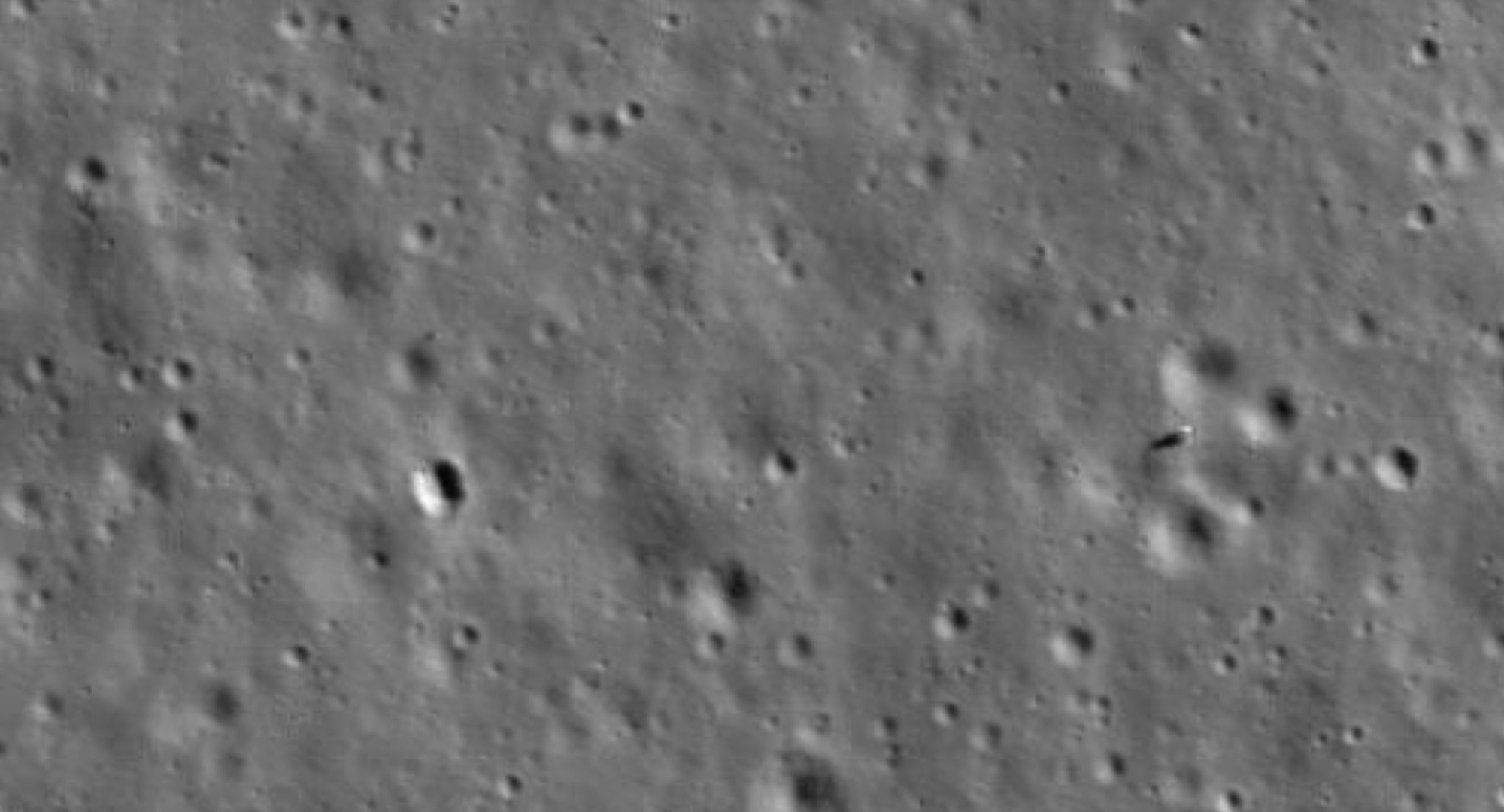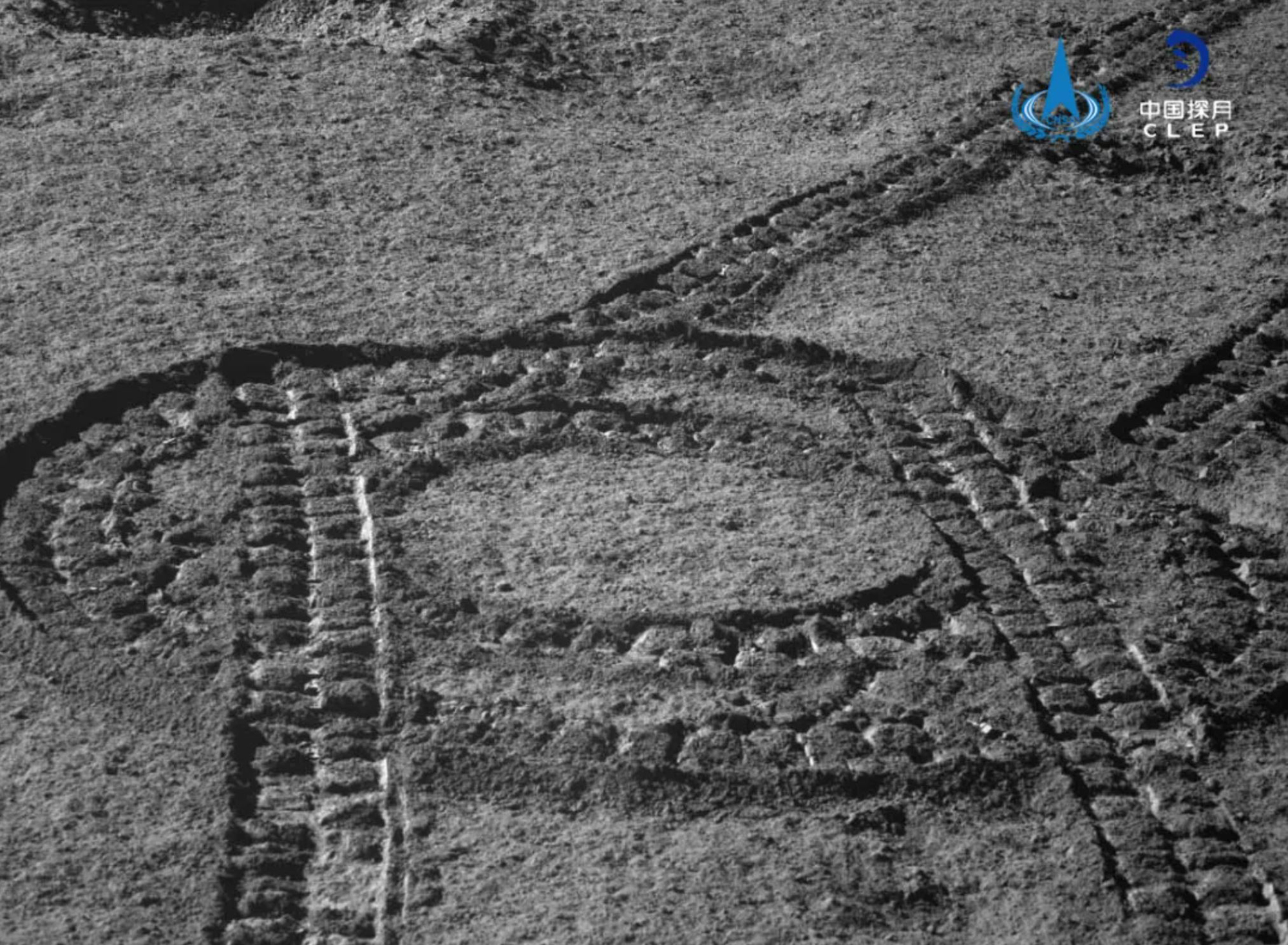China's Chang'e 4 moon rover mission is back in action on lunar farside
China's Chang'e 4 mission is back in action for its 19th lunar day of activity on the far side of the moon, with the Yutu 2 rover set to scope out a new crater.
Both the mission's lander and Yutu 2 rover have resumed science activities following sunrise over their location in Von Kármán crater on the far side of the moon.
Yutu 2 awoke on June 14 while the lander restarted its activities 13 hours later, on June 15, according to the China Lunar Exploration Program (CLEP).
Related: China releases huge batch of Chang'e 4 images from moon's far side
The Yutu 2 rover had remained stationary during lunar day 18 (May 16-29), while teams back on Earth upgraded ground stations in preparation for the Tianwen-1 Mars mission, due to launch in late July or early August.
Upgrades to the tracking and command facilities at Jiamusi, northeast China, and Kashi in the northwest were completed June 13 according to CLEP, meaning normal roving service can now resume.
While the rover has been stationary, the Yutu 2 science team have identified a nearby crater for examination. The 4-foot-wide (1.3 meters), 8-inch-deep (20 centimeters) crater contains reflective material which may be similar in nature to suspected impact melt glass the rover discovered last year.
Breaking space news, the latest updates on rocket launches, skywatching events and more!
After checking out the crater, Yutu 2 will continue its journey northwest from the Chang'e 4 landing site. Yutu 2 has driven a total of 1,469 feet (447.68 meters) since setting down on the far side of the moon in January 2019.
NASA's Lunar Reconnaissance Orbiter (LRO) has meanwhile been imaging the Chang'e 4 lander, also showing the progress of Yutu 2. An image taken Jan. 20 shows the lander casting a shadow as well as the much smaller Yutu 2 just north of a crater.
Incredibly, faint tracks made by the rover can also be observed in the images returned from the orbiting LRO.


Both the Chang'e 4 lander and Yutu 2 rover have exceeded their design lifetimes of one year and three Earth months, respectively.
Lunar day 19 activities will continue until June 27. The spacecraft will then power down to protect against the harsh cold of lunar night, which will begin with sunset on June 28.
China is also preparing a lunar sample return mission, Chang'e 5, to launch in the final quarter of this year.
- China's new space capsule lands safely to end 1st uncrewed test flight
- China wants a piece of the moon. Here's how it plans to handle lunar samples.
- Chinese moon rover peers beneath surface of mysterious lunar far side
Follow us on Twitter @Spacedotcom and on Facebook.
OFFER: Save 45% on 'All About Space' 'How it Works' and 'All About History'!
For a limited time, you can take out a digital subscription to any of our best-selling science magazines for just $2.38 per month, or 45% off the standard price for the first three months.

Andrew is a freelance space journalist with a focus on reporting on China's rapidly growing space sector. He began writing for Space.com in 2019 and writes for SpaceNews, IEEE Spectrum, National Geographic, Sky & Telescope, New Scientist and others. Andrew first caught the space bug when, as a youngster, he saw Voyager images of other worlds in our solar system for the first time. Away from space, Andrew enjoys trail running in the forests of Finland. You can follow him on Twitter @AJ_FI.




